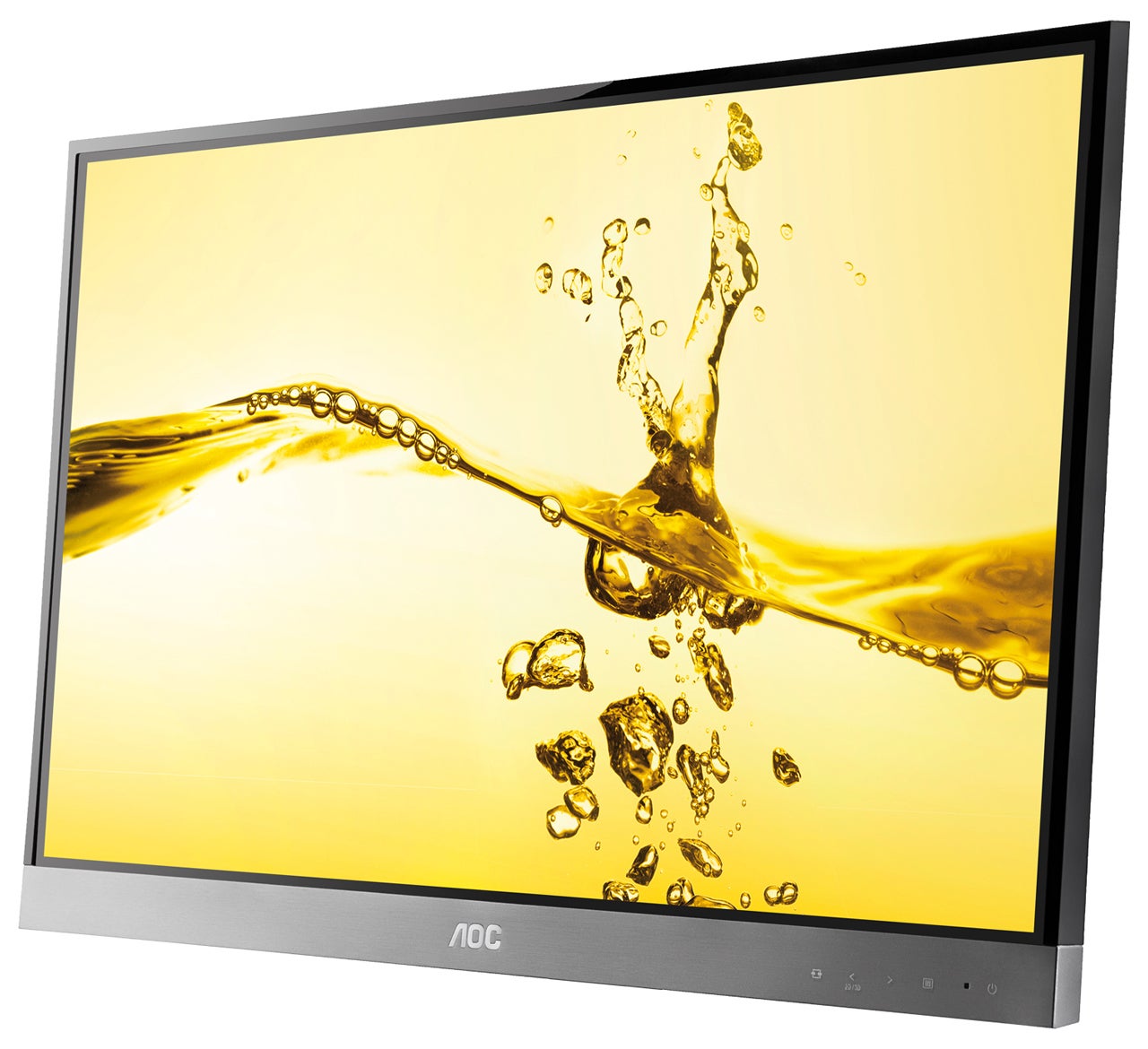

- #How to delete aoc screen plus serial
- #How to delete aoc screen plus drivers
- #How to delete aoc screen plus driver
- #How to delete aoc screen plus Pc
#How to delete aoc screen plus Pc
The rest of the components are 3 small EEPROM for identification when connecting to the PC with the 3 interfaces and couple of linear regulators. It also controls the audio from the DP or HDMI and send it to a dedicated audio chip. The main controller in Figure 10 really only consist of the integrated standard ASIC to generate the LVDS signals from the DVI, HDMI, DP or VGA ports. Figure 9: a rip off of the rear box containing all the boards.įrom left to right: the USB hub, the power supply and the monitor controller. Interesting are the 3 thermal pudding attached to the metal chassis of the TFT panel to suck heat from the power supply board. To access the USB compartment, I need to remove such case.
#How to delete aoc screen plus driver
Figure 8: the PCB of the LCD driver (misterious ICs section)Ĭontinuing the disassembly, I am finally in the back of the panel, with a metal case and conductive tape keeping all together – Figure 9. Figure 7: the PCB of the LCD driver (other voltage reference IC section)Īt the end of the PCB in Figure 8 below, I see couple of ICN7209. Then an IC205 in the RefDes of the PCB in Figure 7, corresponding to the ICN7211 (Chipone part), looking on their website, seems a Vcom buffer for the TFT. But after finding the sell-sheet (in Chinese), seems to be a power manamgement IC for the TFT gate control voltages.
#How to delete aoc screen plus drivers
Figure 6: the PCB of the LCD driver (power circuitry section)Ĭonsidering some of 3 transistors on the pins of this Chipone part, a trimming pot and many “VOFF” test points, I guess is some voltage regulator for the bias of LCD pixels to provide the LCD drivers with the correct voltages, presumably in a configuration of a switching converter in the input and some internal LDOs in the Chipone part. The left highlight red rectangle (still in Figure 5) contains a low-dropout LD1117, probably for the Novatek chip itself and/or the Chipone ICN9101A, a datasheet-less part, close to the LDO and highlighted in Figure 6 below.

Figure 5: the PCB of the LCD driver (IC controller section) But I was not able to find any public information on the Novatek part. This was checked against the LQ150X1LG82 datasheet and the “AN-1032:An Introductionto FPD-Link” and other documents.
#How to delete aoc screen plus serial
The color data is at least 6bit per color in this monitor (but I read of LVDS FPD-Link using 7 bits, somewhere), so having potential to transmit from 18bit to 24bit of color depth, the serial transmission with 4bit of parallelism shown here suggests a 8bit transmission per 2 clock cycles/edges spread among these wires. This is how I can tell is a LVDS signalling, with even (E) and odd (O) pixel data stream. And O3P and O3N, O2P and O2N, O1P and O1N, O0P and O0N for the last 4 bits. The interface in Figure 5 is made with 2 pairs of 4 bit differential signals: E3P and E3N, E2P and E2N, E1P and E1N, E0P and E0N for the first 4 bits. Figure 4: the back side of the now opened monitor These are going into the Novatek NT71263FG, in the big red rectangle. In Figure 5 I exposed it: it can be seen the LVDS PCB traces, at least 10 of them (so 20 traces). A look to the inner construction, or procrastinating the repair in name of curiosityĪt the bottom of Figure 4, under the black tape, there the circuitry responsible to take the LVDS signals and transform them in a useful data to drive the lcd pixels. Inserting in it as per Figure 3 and gently sliding on all edges, the back cover pop out nicely showing the first inner parts. Figure 3: the notch from which should be start the opening Figure 2: the back screwsĪt the bottom AOC made a nice cut to insert my favourite iFixit plier. The monitor can be opened from the back, unscrewing these 5 screws. It was time to tearing it apart and I would exploit this fixing attempt to see a bit of what’s inside. Also after a reboot and restart of the monitor: no self restoring protection.

I was using the blue 3.0 port, which can provide up to 900mA of current, in theory.

The monitor is the AOC I2475PXQU, here are its USB ports: Figure 1: the back side If that is the case, overloading the output lead to a dead port. Using a monitor with integrated USB hub can be useful, but also tricky, if such hubs are designed in a cheap way or is not fool proof, and I am a fool. One of few repairs that went smooth and succesful.


 0 kommentar(er)
0 kommentar(er)
